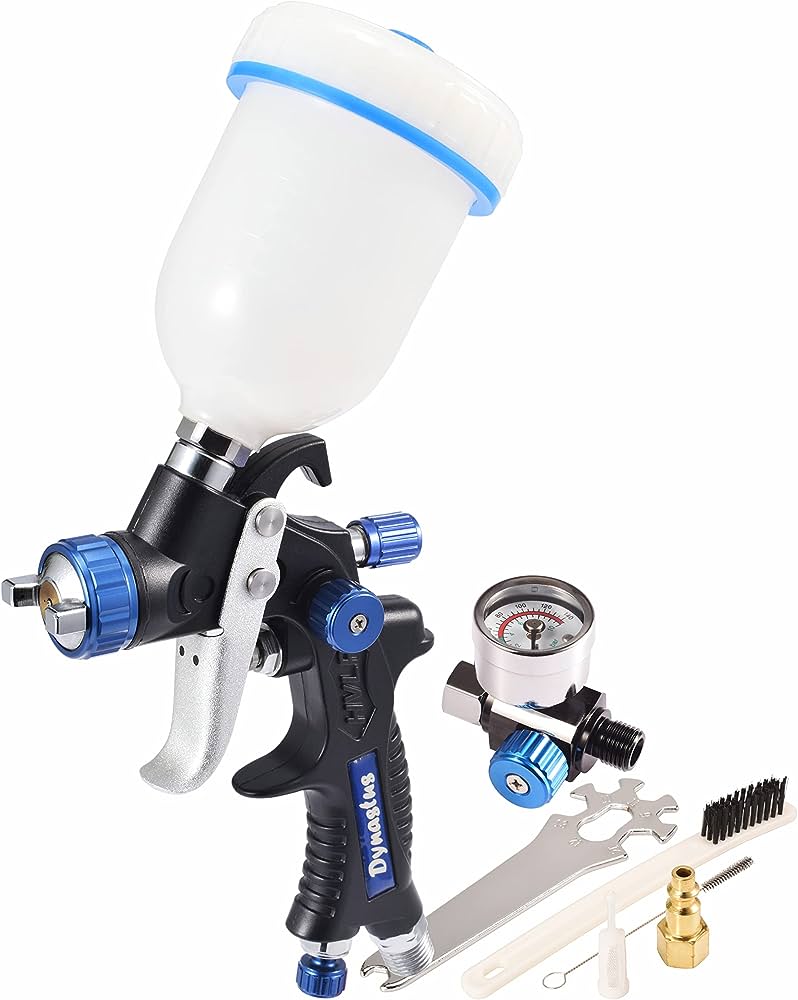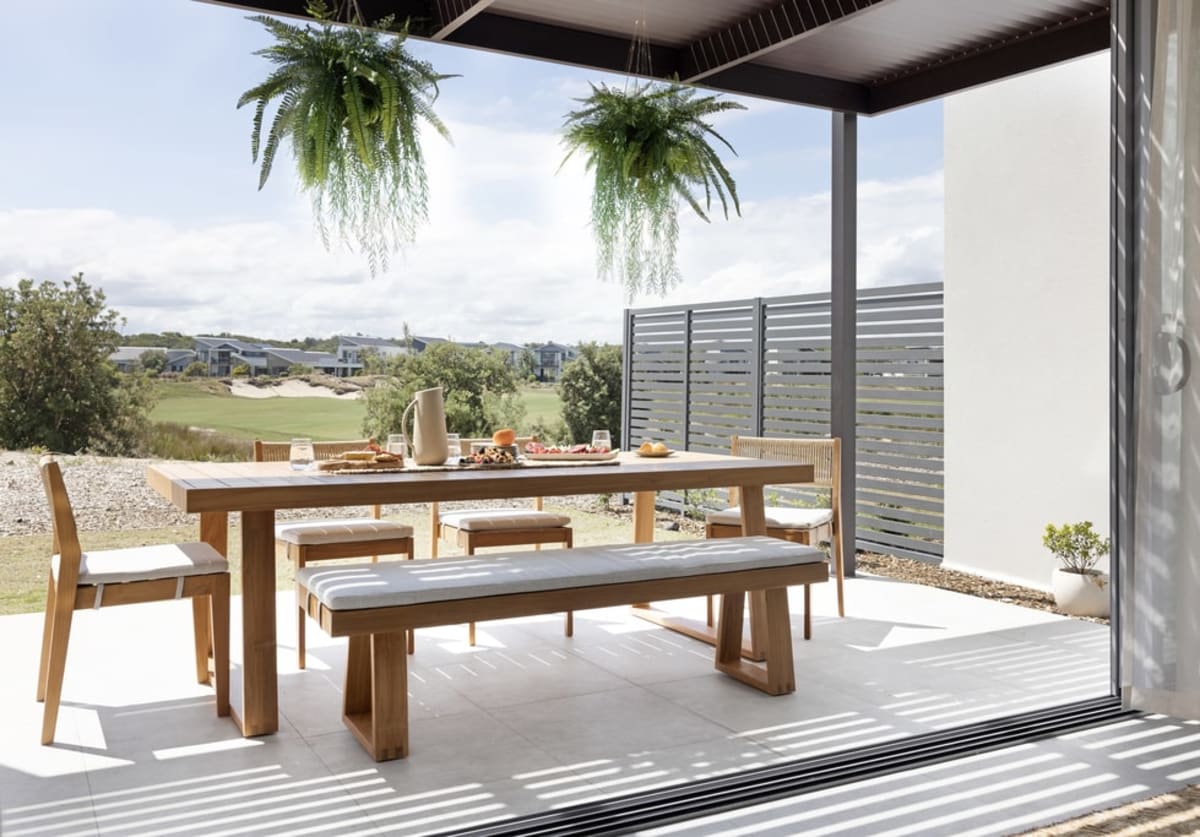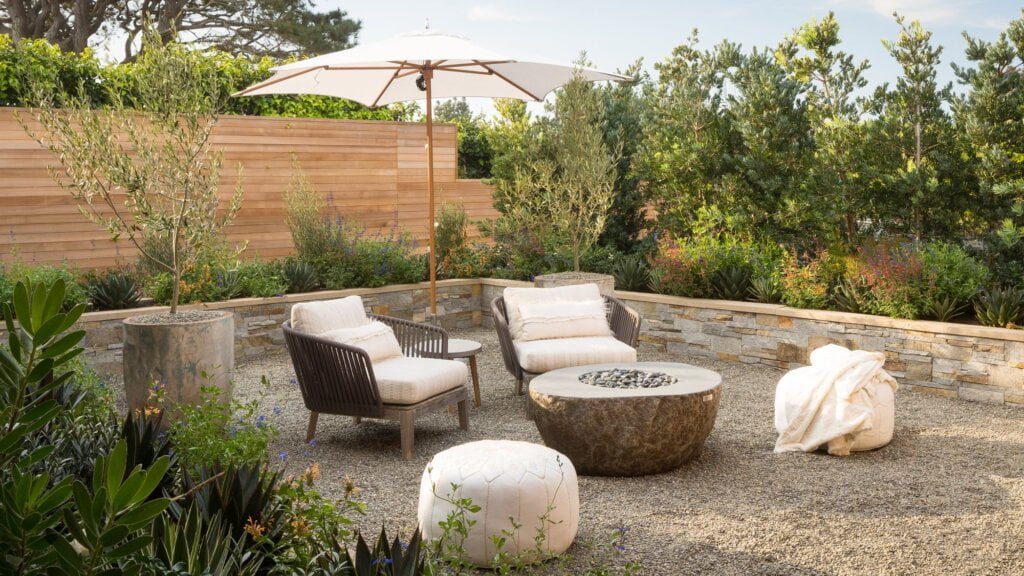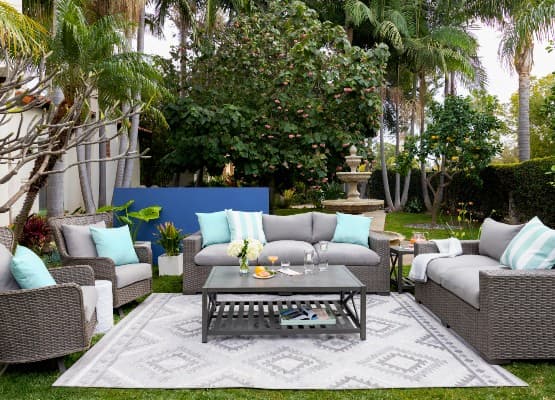Is It Better to Spray Paint Or Brush Paint Metal? Discover the Power of Precision.
Spray painting is better for metal because it provides a smoother finish and allows for more even coverage compared to brush painting. When spray painting, the paint particles are dispersed evenly, resulting in a professional-looking finish without brush strokes. Additionally, spray painting is quicker and requires less effort. However, brush painting can be useful for smaller, detailed areas that may be difficult to reach with a spray can. It also allows for better control and precision. Ultimately, the choice between spray painting and brush painting for metal depends on the size of the project, desired finish, and personal preference. Each method has its advantages and should be chosen accordingly. The Benefits Of Spray Painting Metal Spray painting metal offers numerous advantages over brush painting. It ensures a smooth and even finish, reduces the chances of brush strokes, and allows for faster and more efficient application, making it the preferred method for achieving a professional look. Spray painting metal surfaces offers several advantages over brush painting. In this section, we will explore the benefits of spray painting, including faster and more efficient application, a smooth and even finish, and its suitability for complex shapes and hard-to-reach areas. Faster And More Efficient Application: Smooth And Even Finish: Suitable For Complex Shapes And Hard-To-Reach Areas: Remember, spray painting provides faster application, a smooth and even finish, and is suitable for complex shapes and hard-to-reach areas. These benefits make spray painting an excellent choice for those looking to achieve professional results when painting metal surfaces. So, why spend hours with a brush when you can enjoy the efficiency and quality that spray painting offers? The Advantages Of Brush Painting Metal Brush painting metal offers several advantages over spray painting. It allows for better control and precision, resulting in a more even and smooth finish. Additionally, brush painting is cost-effective and time-saving, making it a preferred method for small projects and intricate details. When it comes to painting metal surfaces, brush painting brings with it several advantages. From greater control and precision to being suitable for small areas and detail work, brush painting eliminates the need for overspray or masking. Let’s explore each of these advantages in more detail: Greater Control And Precision: Suitable For Small Areas And Detail Work: No Overspray Or Masking Required: Brush painting metal offers greater control and precision, making it suitable for small areas and detail work. Additionally, there is no overspray or masking required, making the process less messy and more efficient. So, if you’re looking to tackle a metal painting project, grabbing a brush might be the better choice for you. Factors To Consider When Choosing Between Spray Paint And Brush Paint When choosing between spray paint and brush paint for metal surfaces, there are important factors to consider. Factors such as the nature of the project, desired finish, level of detail, and personal preference can all influence the decision between spray paint and brush paint. Ultimately, it is up to the individual to weigh these factors and determine which method is better suited for their specific needs. Spray painting and brush painting are two common methods used to apply paint on metal surfaces. The choice between these two methods depends on various factors that can affect the overall outcome of your project. Let’s explore the factors you need to consider when deciding whether to spray paint or brush paint metal. Surface Preparation And Condition Project Size And Time Constraints Desired Finish And Appearance The choice between spray painting and brush painting metal depends on various factors such as surface preparation, project size and time constraints, as well as the desired finish and appearance. Consider these factors carefully to make an informed decision that will result in a successful and visually appealing outcome for your metal painting project. Surface Preparation And Condition Choosing between spray painting or brush painting for metal surfaces depends on various factors such as the project type, desired finish, and available resources. Surface preparation, including sanding and priming, is vital to ensure optimal adhesion and smooth application. Careful consideration of these factors will lead to a successful painting project. When it comes to painting metal surfaces, proper preparation is key to achieving a smooth and long-lasting finish. Before deciding whether to spray paint or brush paint, you need to consider the condition of the metal and the steps required to prepare it. Let’s explore the essential aspects of surface preparation for metal painting. Cleaning And Degreasing The Metal Surface To ensure proper adhesion of the paint, it is crucial to clean and degrease the metal surface thoroughly. Here are the recommended steps: Sanding Or Priming For Better Adhesion Whether you choose to spray paint or brush paint, preparing the metal surface through sanding or priming is essential for better adhesion. Consider the following options: Repairing Any Imperfections Or Rust Spots Before painting, it is important to address any imperfections or rust spots on the metal surface. Here’s what you should do: Remember, taking the time to prepare the metal surface properly can greatly impact the quality and longevity of your paint job. Whether you opt for spray painting or brush painting, ensure that you have adequately cleaned, sanded or primed, and repaired the metal surface to achieve the best results. Project Size And Time Constraints Spray painting or brush painting metal? Find out the best approach for your project’s size and time constraints. Achieve a professional finish with efficient methods that suit your needs. Spray Painting For Large Areas And Volume Painting Brush Painting For Small Projects And Touch-Ups Considerations For Drying And Curing Time The choice between spray painting and brush painting metal depends on various factors, including the size of the project and time constraints. Spray painting works well for large areas and volume painting, while brush painting is more suitable for small projects and touch-ups. Consider the drying and curing time required for each method to ensure the desired finish. Desired Finish And Appearance Spray painting or brush painting metal
Is It Better to Spray Paint Or Brush Paint Metal? Discover the Power of Precision. Read More »






